Step out of the dream
HIFF 2024 has proven its appeal when the film screenings, exchanges, and outdoor art performances attracted tens of thousands of audiences. Many people enjoyed for the first time from Vietnamese classics to international blockbusters on the big screen, in an open space, blending with nature and the cool breeze from the Saigon River. Eyes were engrossed in watching, joy overflowing. That scene also reminded many generations of the time of watching movies amid the fire and bullets of war on boats in the war zone or mobile film screenings on empty land. Unfortunately, when HIFF closed, this activity also stopped, leaving behind regrets about a public space where people could live fully in a rich artistic atmosphere.

Ho Chi Minh City - a riverside city that associates cultural and tourism life with rivers: Nha Rong - Khanh Hoi (District 4), Bach Dang Park, Ba Son Bridge (District 1), Nhieu Loc - Thi Nghe Canal (District 3), Lan Anh Cruise Wharf (Thu Duc City), Viet Star Wharf (District 7), Binh Dong Wharf (District 8)... River festivals, spring flower festivals "on the wharf, under the boat" are increasingly professional and methodical in the development flow of the city.
Ho Chi Minh City cinema therefore also inherits the tradition of revolutionary cinema, which began in 1947. At that time, pioneering filmmakers rowed dozens of kilometers to buy stones to print and develop films, carrying out the entire process in sealed rooms on boats. The connection from history has proven that Southern cinema in general, and the city's cinema in particular, is always closely linked to rivers. Like small rivers flowing into the ocean, Ho Chi Minh City cinema is also blending into the general flow of world cinema.
At the Saigon - Dong Nai riverside planning seminar in mid-March 2025, the joint venture proposed to build Thu Thiem Cinema Park. The project is expected to be located along the Saigon River, from Thu Thiem tunnel to Can bridge, on an area of 5 hectares, including many functional zones, with enough "toys" for a real, quality film industry. If approved, the project will realize the dream of a "riverside cinema city" - a place connecting the past and the future, bearing the mark of culture, tourism and becoming a unique feature of Ho Chi Minh City.
More than just recognition
In early March, Ho Chi Minh City submitted its application to join the UNESCO Creative Cities Network (UCCN). If recognized by the end of October, Ho Chi Minh City will become the first film city in Vietnam and Southeast Asia. Choosing the film industry is the right decision but also poses many challenges for itself. Ms. Le Thi Hong Van, Secretary General of the Vietnam National Commission for UNESCO, Director of the Department of Cultural Diplomacy and UNESCO Vietnam (Ministry of Foreign Affairs), informed: Of the 350 creative cities of UNESCO, there are only 26 film cities, accounting for 7%, much lower than other fields. That means the city is entering a very difficult area. Mr. Jeremy Segay, Audiovisual Attaché for Southeast Asia (Embassy of France in Vietnam), emphasized: "Ho Chi Minh City is the development center of Vietnamese cinema, the gateway for foreign film crews to enter Vietnam, where equipment rental companies are headquartered".
To be recognized is not an easy condition to achieve, but what will it be like to pass the recognition of a title? - That is the concern of both strategic planners and practical filmmakers. In fact, Ho Chi Minh City cinema is developing strongly with 935 enterprises, 9,294 employees, generating revenue of 500 million USD (accounting for about 40% of Vietnam's film market) and contributing 0.43% of GRDP. The city has 10 cinema systems, 52 cinema clusters with 295 screening rooms with vibrant cinema activities taking place all year round. The Project for Developing Ho Chi Minh City's Cultural Industry to 2030 also sets a target of an average growth of 13%/year, revenue of about 10,000 billion VND (Vietnamese films account for 50%), contributing 0.56% of GRDP. The numbers clearly show the vibrant picture of the market, along with the results of efforts and joint efforts, contributing to realizing the dream of a cinema city.
Since the beginning of 2025, on average, Vietnamese cinema has released 3-4 works per month, most of which are made by private film production units in the South, not to mention projects in the production stage. Having just finished Nu hon bac bien, producer - director Thu Trang immediately started casting for the next project. Director Khuong Ngoc is also urgently implementing a new project right after the great success of Chi dau. Or the director duo Hoang Quan - Tran Huu Tan is also speeding up the progress of 2 projects Dau day ho and Hoang tu quy. The folk supernatural universe of director Vo Thanh Hoa is rushing for the next project scheduled to be released this year... The acumen and dynamism of filmmakers are also demonstrated in efforts to promote international cooperation. Producer Truong Ngoc Anh has just announced her return to cinema through the international cooperation project Dragonfly. Recently, units such as Skyline Media or V-Pictures have also increased their activities of buying, selling and exporting Vietnamese films to foreign markets. The film import sector has also witnessed a vibrant market picture with the participation of many new units with foreign film projects imported and dubbed into Vietnamese...
The effectiveness of the socialization model demonstrates the city's commitment to community participation, equality in creation and enjoyment of the values that a film city will bring to the public at home and abroad.
Source: https://www.sggp.org.vn/thanh-pho-dien-anh-ben-song-post793099.html






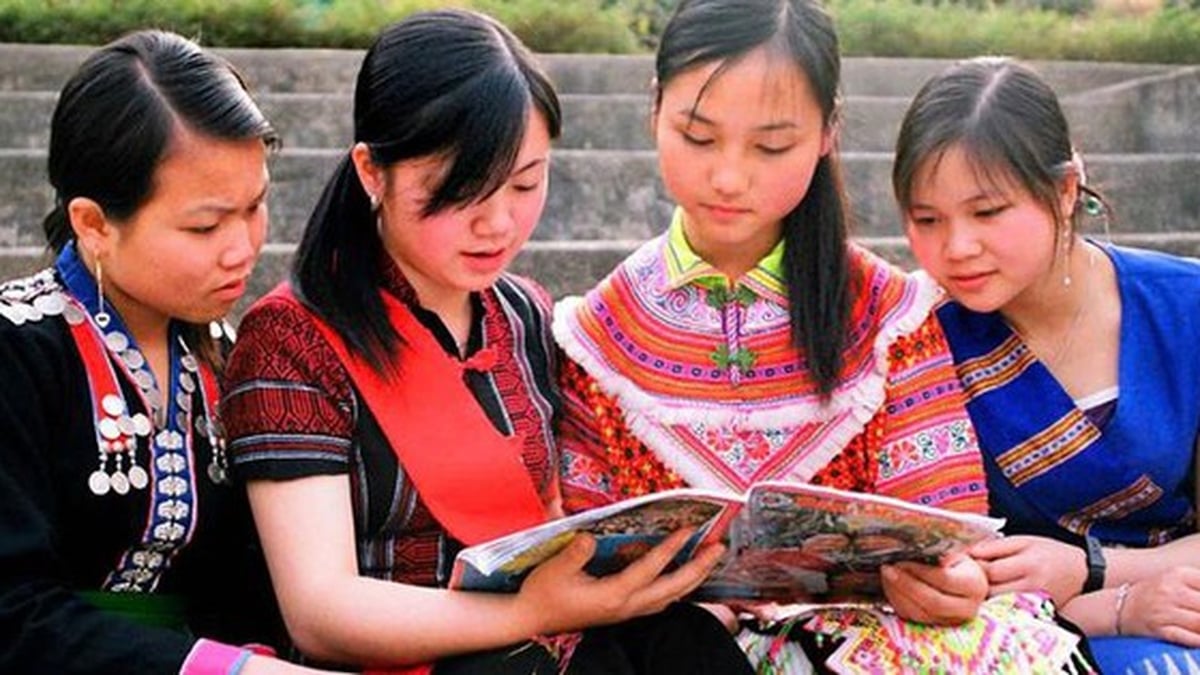
















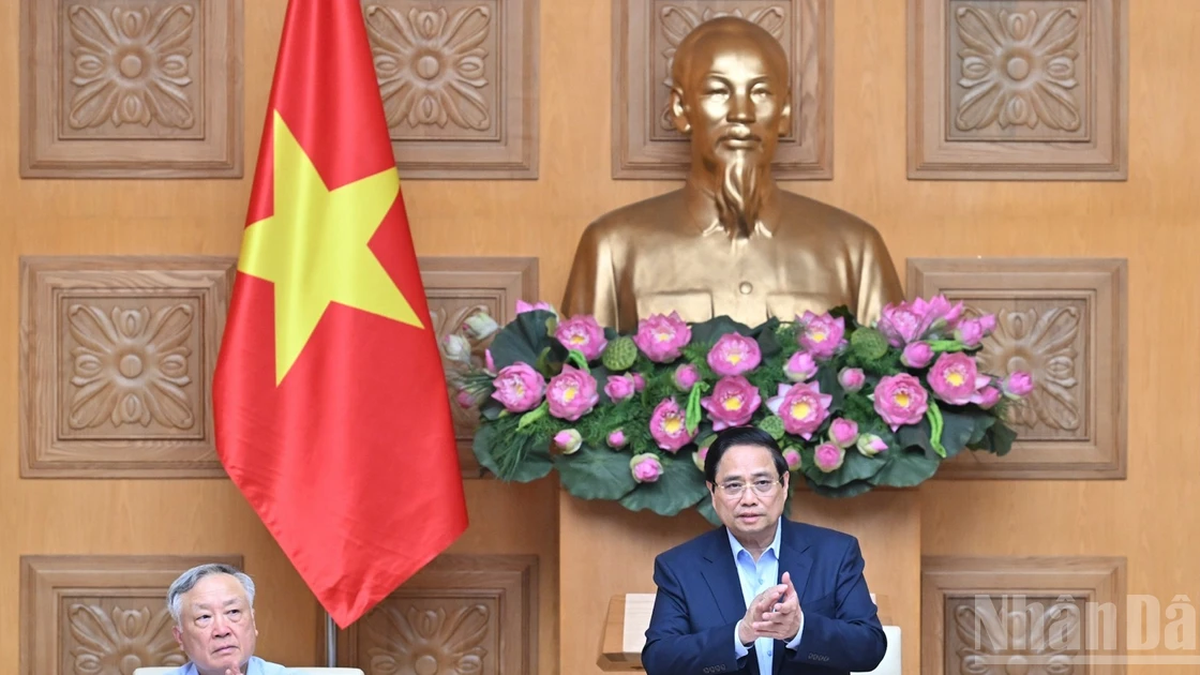




![[Photo] National Assembly Chairman attends the seminar "Building and operating an international financial center and recommendations for Vietnam"](https://vphoto.vietnam.vn/thumb/1200x675/vietnam/resource/IMAGE/2025/7/28/76393436936e457db31ec84433289f72)


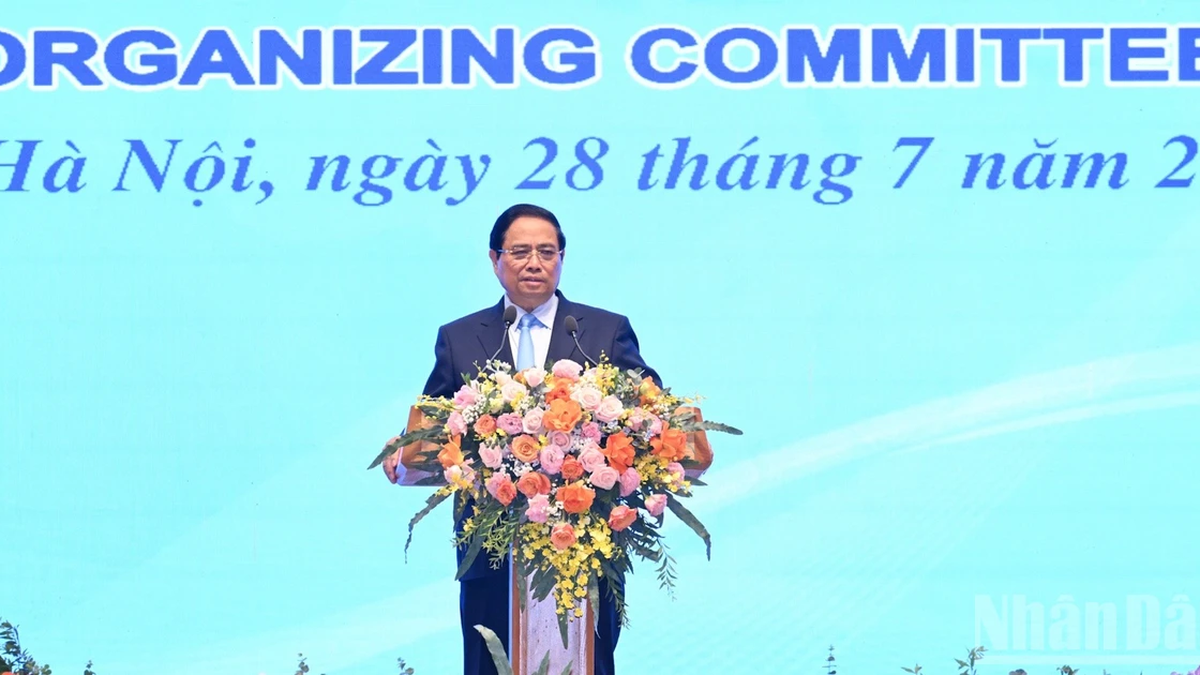


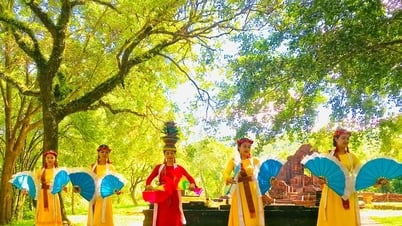

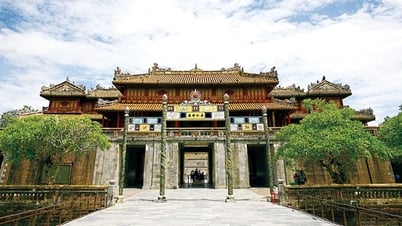





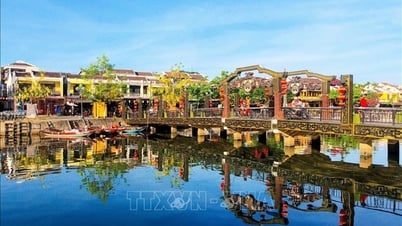






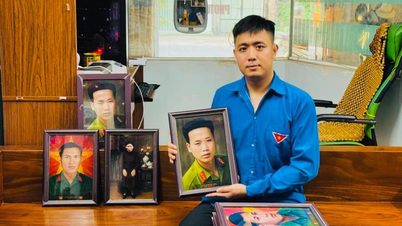









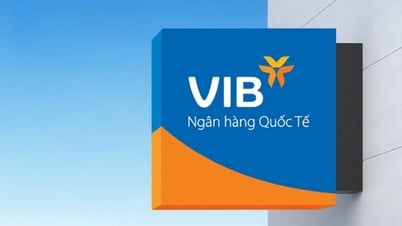




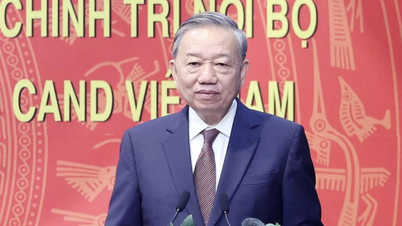



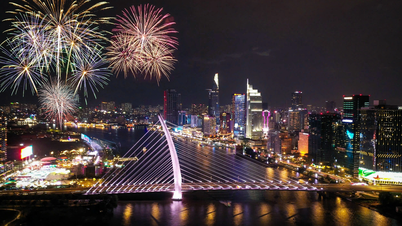





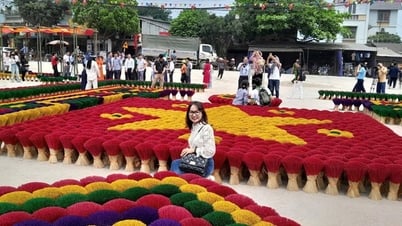
























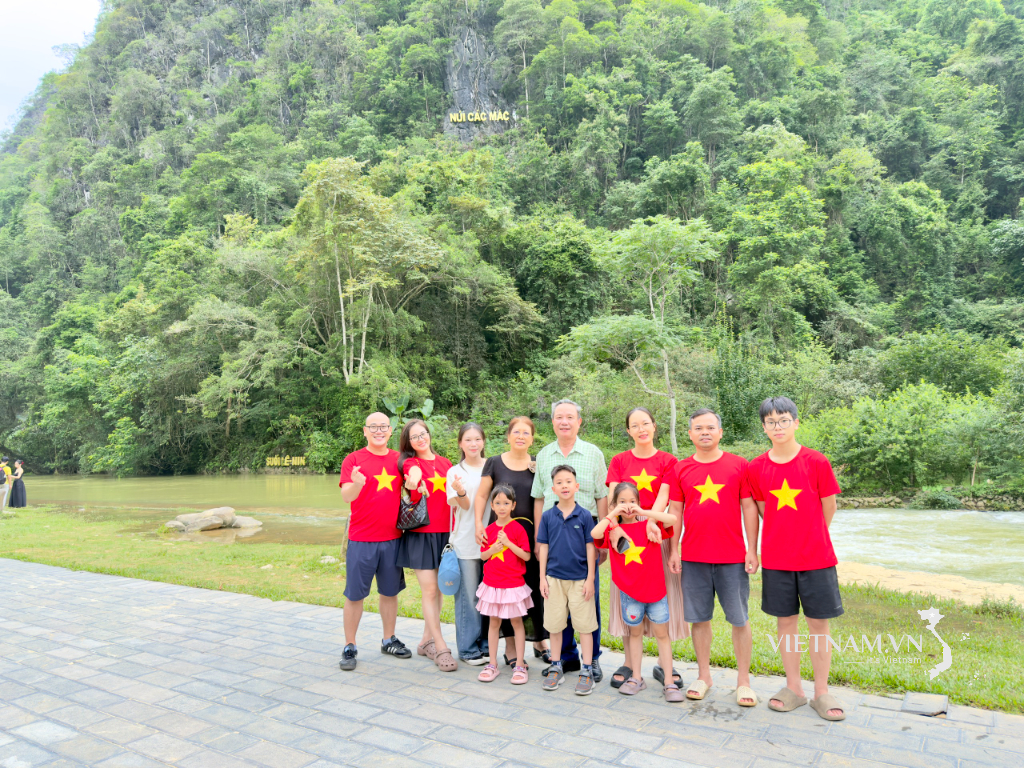
Comment (0)